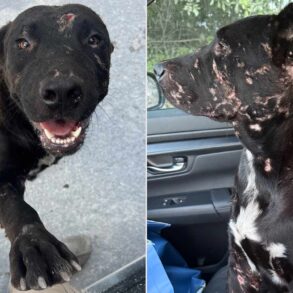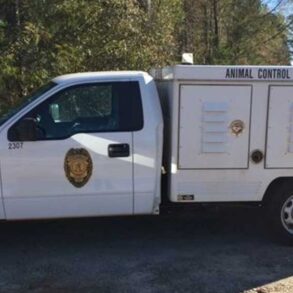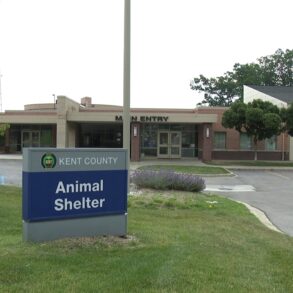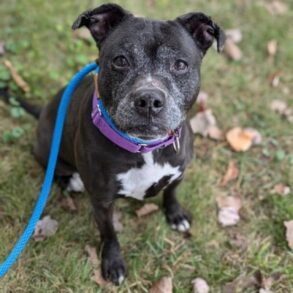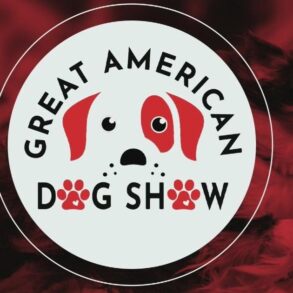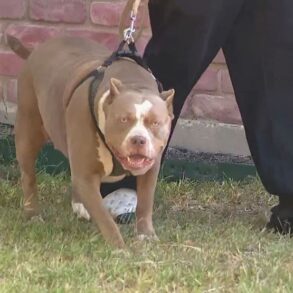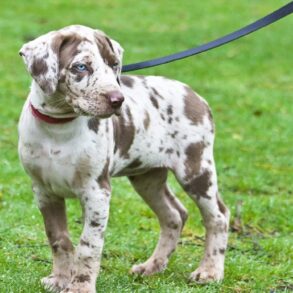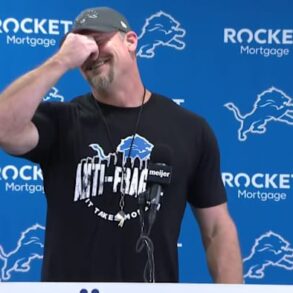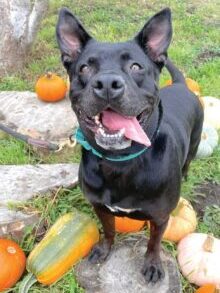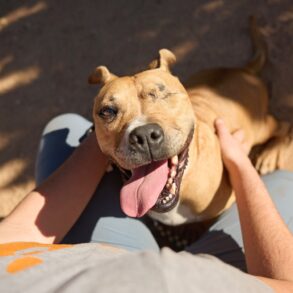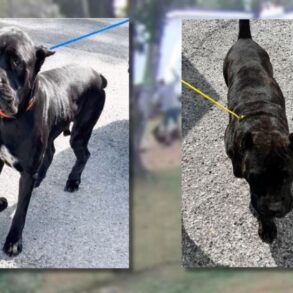
Your veterinarian can help you decide which kind of food is best based on your dog’s health status, taste and consistency preferences, and other factors, like your budget.
Getty Images
Have you ever wandered into the pet supplies section of the grocery store and felt overwhelmed by the number of dog food choices? To help unravel this common conundrum, Dr. Katie Tolbert, a board-certified veterinary nutritionist and associate professor at the Texas A&M College of Veterinary Medicine & Biomedical Sciences, offers expert advice on what kind of food you should feed your dog and choosing a diet that is well-suited for your dog’s unique health needs.
The Basics Of Canine Nutrition
Like people, dogs need to eat a healthy diet in order to maintain good health, improve quality of life, and even prevent certain diseases.
“Consistency and quality are both important,” Tolbert said. “Just like we can start to feel bad when we change our diet or eat unhealthy foods, dogs are also affected by what they eat.”
But choosing a pet food diet can feel complicated because there are so many variables that affect owner choices.
“The kind of food you feed your dog can depend on where you live and what you have access to, whether you have multiple pets to feed, and what kinds of food you can afford,” Tolbert said.
“You also need to consider things like your dog’s age,” she said. “Most dogs go through three big life stages — growth, adult, and senior. With each stage, the animal’s nutritional requirements and the benefits they get from different nutrients will change. So, a growing puppy needs different food than a senior dog.”
Tolbert recommends that every dog owner check their pet’s food label to see if it meets the nutritional levels recommended by the Association of American Feed Control Officials (AAFCO), an organization that helps to set standards for pet foods based on type and animal stage of life.
“An AAFCO adequacy statement helps to ensure that you’re feeding your dog a food that is appropriately labeled including providing caloric information, a life stage adequacy statement, and an ingredient list,” she said.
How To Know When Your Dog Is On The Wrong Food
Because there are no universally correct choices for dog food, it’s important to pay attention to the signs that your furry friend may be on the wrong diet.
According to Tolbert, the following signs may indicate that it’s time to see a veterinarian about switching your dog’s food:
- Brittle coat that is abnormal for the breed
- Loss of coat sheen or change of coat color
- Hair loss
- Activity loss that doesn’t correlate with age
- Changes in stool consistency or frequency
- Change in appetite or food- seeking behavior
“While these signs are not a guarantee that your dog is on the wrong diet, they are often early signals of an inappropriate diet or that something else is going on,” she said. “Either way, it’s time to visit a veterinarian.”
The Benefits Of Working With A Veterinarian
Regardless of what diet you’re interested in feeding your dog, Tolbert always recommends talking to your veterinarian before switching to a new diet.
“Your veterinarian can help you decide which kind of food is best based on your dog’s health status, taste and consistency preferences, and other factors, like your budget,” she said. “Especially if your pet has multiple health issues, it’s important to ask for help so that you can be sure you’re supporting each condition and its nutritional needs.
“It’s also important to make sure that your dog food’s health claims are backed by research,” she said. “Your veterinarian can help you identify which claims are accurate.”
Making sure that your canine companion eats a healthy diet tailored to their needs will help them live longer and feel better, while also reducing their chances of disease.
This post was originally published on this site be sure to check out more of their content.




